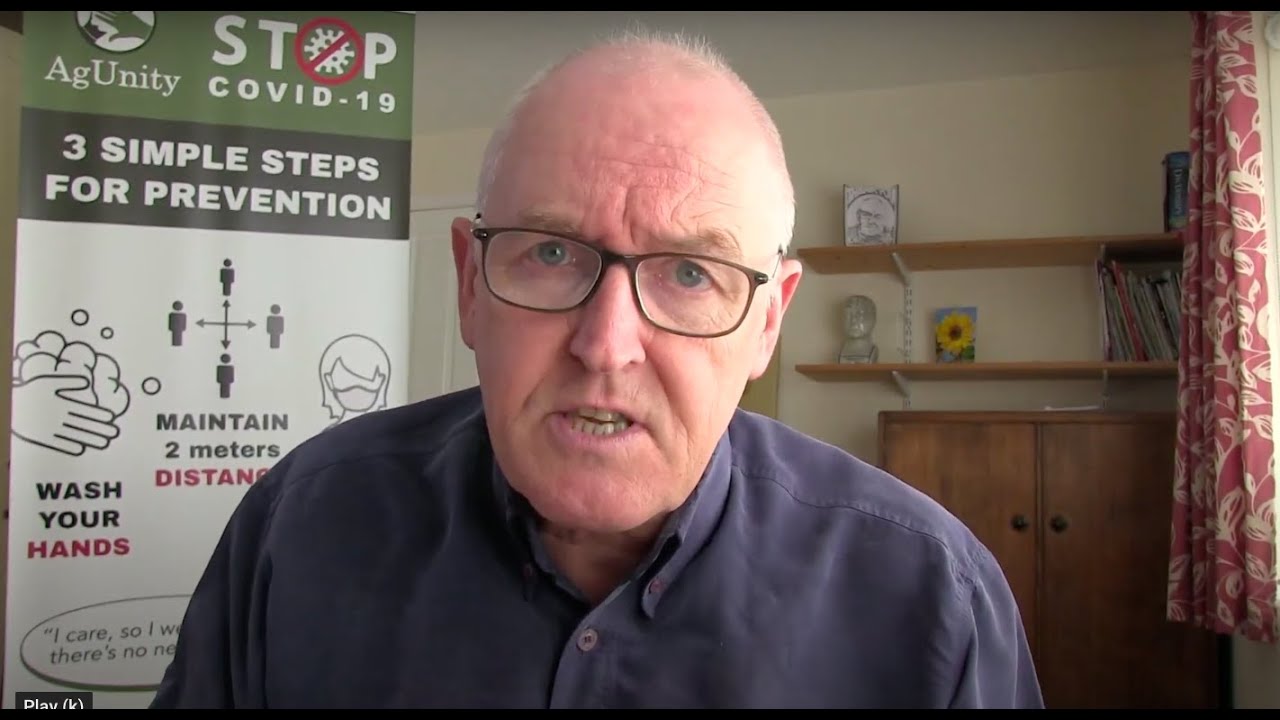Eight-week scenarios for daily hospital admissions in England
R = 1.1 – green, (is much more possible through a range of many different situations)
R = 1.5 – blue (also likely)
R = 2.0 – red (a possible outcome, but highly unlikely)
https://assets.publishing.service.gov.uk/government/uploads/system/uploads/attachment_data/file/1017676/2021-09-14_COVID-19_Press_Conference_Slides__for_publication_.pdf
Hospitalisations likely to rise, 2,000 to 7,000 per day next month
https://www.bbc.co.uk/news/uk-58566235
Government’s Plan B if the NHS faced unsustainable pressure
Sir Patrick Vallance
When you make a move, you have to go earlier than you think you want to, you have to go harder than you think you want to and you have to make sure you have got the right geographical coverage
SPI-M-O: Consensus Statement on COVID-19 (SAGE)
https://assets.publishing.service.gov.uk/government/uploads/system/uploads/attachment_data/file/1017129/S1376_SPI-M-O_Consensus_Statement.pdf
Scientific Pandemic Influenza Group on Modelling (SPI-M)
The UK is currently experiencing high prevalence and likely entering a period of growth
A time of significant uncertainty
School holidays
Possibility for further evidence to emerge on the duration of immunity against COVID-19
Possibly broader, longer peaks than those originally estimated
Potential for another large wave of hospitalisations
Increasing cases remain the earliest warning sign that hospital admissions are likely to rise
Clear consensus that continued high levels of homeworking has played a very important role in preventing sustained epidemic growth
Highly likely that a significant decrease in homeworking in the next few months would result in a rapid increase in hospital admissions
If enacted early enough, a relatively light set of measures could be sufficient to curb sustained growth
Current epidemic estimates
UK (Health Security Agency)
R in England is between 0.9 and 1.1
Growth rate is between -1% and +1% per day
It is unclear how high prevalence and admissions may go without intervention.
Reflections on modelling Step 4 of the Roadmap
After step 4 of the Roadmap on 19th July
Factors
Schools closed for summer
Changes in behaviour
Changes in mixing patterns have been more gradual
the population has not reduced their cautious behaviours as dramatically as was considered possible
Warm weather
More sunshine
Large proportion of the population isolating after being identified as a contact of a case
Imperial’s modelling
‘pessimistic scenarios’ which assume a three-year average duration of infection-induced immunity
Does not consider any variants of concern beyond Delta
Peaks occurring in October to December instead of August to October
Highest levels seen in Step 4 Roadmap scenarios
Will not be reached without waning immunity
or a novel variant emerging
Behaviour was assumed to be consistent across age groups
If those at higher risk of morbidity and mortality from COVID-19 take greater precautions,
levels of hospital admissions and deaths could be lower than those seen in the Roadmap modelling
Vaccine effectiveness estimates continue to be refined
There is now evidence of waning vaccine effectiveness particularly 140 days after the second dose
Those individuals vaccinated in late 2020 and early 2021 will have less protection in the coming months
Third doses and booster vaccinations, which are able to reverse waning of protection, will limit the impact of waning immunity
Policy clarification
Third doses for all over 50 or at increased risk
UK Chief Medical Officers, advised vaccination aged 12 to 15
If acute COVID-19 combines with other pressures
Long COVID
Other infectious diseases, influenza, RSV, norovirus
Co-infection of SARS-CoV-2 with other diseases
Medium-term projections and scenarios
They are neither forecasts nor predictions
Cannot fully reflect recent changes in transmission that have not yet filtered through into surveillance data.
Even in the R =1.1 scenario, up to 2,000 a day) in England
For a potentially protracted period of time
this could lead to a difficult few months for the health and care sector
Warning signs
Number of cases
Positivity rate
Age profile of those infected
Declining immunity, new variant, radical behaviour change, 5 million unvaccinated (John)
Timing of interventions
A basket of measures, light enough to keep the epidemic flat, would be sufficient if enacted when hospitalisations were at a manageable level.
If the epidemic were allowed to continue to grow until hospitalisations were at a level that needed to be rapidly reduced,
much more stringent measures would be needed to bring prevalence down quickly.
The nature of interventions
If enacted early enough, a relatively light set of measures could be likely be sufficient to curb sustained but slow growth
Source
